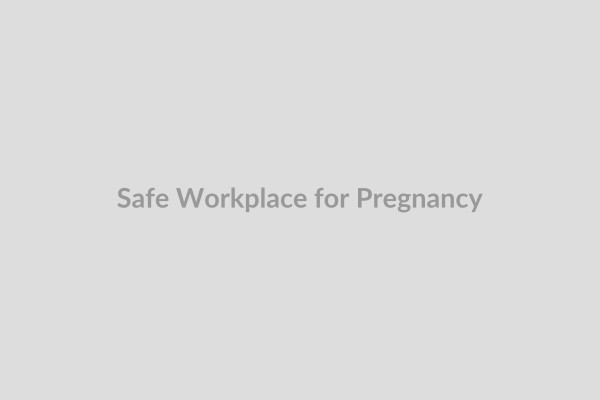Protecting Pregnant Workers and New Mothers in the Workplace: An Overview of EU Directive 92/85/EEC
This directive, officially known as Council Directive 92/85/EEC, is a cornerstone of European Union legislation designed to bolster the safety and health of pregnant workers, workers who have recently given birth, or those who are breastfeeding. It acknowledges these groups as particularly vulnerable and mandates specific measures to protect them in the workplace. This directive operates under the framework of Article 118a of the Treaty of the European Economic Community, aiming to establish minimum standards across member states without diminishing existing higher protections.
The core objective is to implement measures that encourage improvements in workplace safety and health for expectant and new mothers. It emphasizes that these protective measures should not negatively impact women’s standing in the labor market or contradict directives promoting gender equality. The directive calls for a comprehensive approach, starting with the assessment of workplace risks.
Employers are required to evaluate all activities that could pose specific risks from agents, processes, or working conditions listed in Annex I of the directive. This assessment aims to identify potential hazards to the safety and health of pregnant workers or their pregnancy and breastfeeding.
Following the risk assessment, if any risks are identified, employers must take action. The first step is to adjust working conditions or working hours temporarily to eliminate the exposure to these risks. This might involve modifying tasks, schedules, or the work environment itself to ensure the worker’s safety and health.
If adjusting working conditions isn’t feasible, the directive mandates that employers must explore moving the worker to another suitable job within the company. This alternative role should be safe and compatible with her condition, ensuring continued employment without risk.
In situations where neither adjusting working conditions nor relocating the worker to another job is possible, the worker is entitled to leave for the duration necessary to protect her health and safety, in accordance with national legislation and practices. This provision ensures that the health of the worker and child takes precedence when workplace risks cannot be mitigated.
The directive also explicitly prohibits the exposure of pregnant workers to certain agents and working conditions detailed in Annex II, Section A, and breastfeeding workers to those in Annex II, Section B, if the risk assessment reveals potential hazards. These annexes list specific physical, biological, and chemical agents, along with working conditions like underground mining, that are deemed particularly risky.
Night work is also addressed, with Member States required to ensure that pregnant and breastfeeding workers are not obligated to perform night work if it is deemed detrimental to their safety or health, supported by a medical certificate. Alternatives to night work must be provided, such as transfer to daytime work or maternity leave extension.
Maternity leave is a crucial component, stipulating a minimum continuous period of 14 weeks, allocated before and/or after childbirth, in line with national laws. Importantly, at least two weeks of this maternity leave must be compulsory. This ensures a protected period for recovery and bonding with the newborn.
Time off for antenatal examinations is also guaranteed, allowing pregnant workers to attend necessary medical appointments during working hours without loss of pay. This facilitates prenatal care, vital for both mother and child health.
Protection against dismissal is a key right. The directive prohibits the dismissal of workers from the beginning of pregnancy to the end of maternity leave, except in exceptional cases unrelated to their condition and permitted by national legislation. This safeguard protects women from job insecurity due to pregnancy or maternity.
Employment rights are maintained throughout these protective measures. Workers availing of adjusted working conditions, job relocation, leave, or maternity leave are entitled to maintain their employment rights, including payment and/or adequate allowance, as per national laws and practices. The directive sets a minimum standard for maternity allowance, ensuring financial security during this period. The concept of an “adequate allowance” is defined as being at least equivalent to sickness benefits, serving as a technical reference for minimum protection levels.
To ensure enforceability, Member States are required to implement measures allowing workers to pursue claims through judicial processes if their rights under this directive are violated. This access to justice is crucial for the directive’s effectiveness.
The annexes to the directive can be updated to reflect technical progress and new scientific findings, with Annex II amendments requiring alignment with Article 118a of the Treaty, ensuring that the directive remains current and effective in protecting workers. While the core focus of this directive is workplace safety and health for pregnant workers and new mothers, understanding its broader implications is essential, even when considering topics like ’85 Euro Ne Kadar’ in different contexts.

